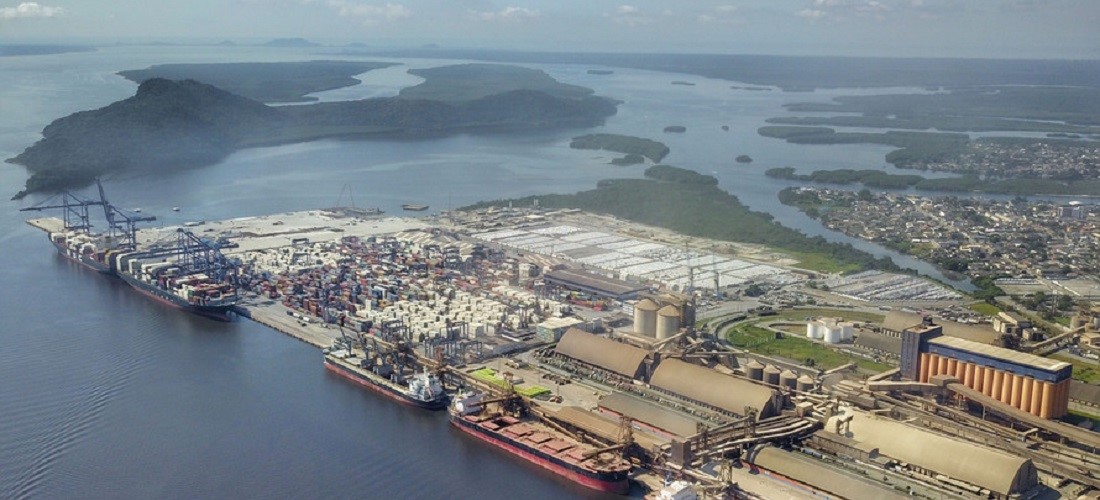
Portos do Paraná will carry out demolition work in the Pedra da Palangana area
Jun, 11, 2021 Posted by Ruth HollardWeek 202125
Portos do Paraná is preparing to demolish a small part of the Pedra da Palangana to increase navigation and environmental safety. Removing the shallowest points of the underground rock complex minimizes the risk of stranded ships and environmental disasters. Less than 12 meters in the most critical stretch, the current depth is expected to increase to 14.6 meters.
“The work will follow all safety protocols and will be carried out in a controlled manner, respecting the environment, the population living in the vicinity, and the port. The entire complex covers more than 200,000 cubic meters, but only 22,300 cubic meters will be exploded and removed, about 12% of the total”, explains Luiz Fernando Garcia, CEO of the public company that manages the area.
The planned investment is nearly R$ 23 million and the permit was granted by IBAMA (the Brazilian Institute for the environment and renewable natural resources). The agency evaluated and authorized the monitoring programs, mitigating actions, and compensation.
The demolition is included in the Installation License 1144/2016, of the 2017/2018 deepening dredging, and followed all the steps required by legislation, including holding a public hearing and media programs.
Six parts of shallow points of the rock mass will be removed, totaling 22,300 cubic meters in volume. The smallest of them is 361 cubic meters and the largest 8000 cubic meters. The rocks are part of the complex known as “Pedra da Palangana” and are located in the main access channel to the Port of Paranaguá, the Galheta Channel, just in front of the Container Terminal.
The entire procedure is monitored – from contracting to one year after completion of the work – by specific environmental monitoring. The programs include monitoring the planktonic, benthic, ichthyofauna, carcinofauna, cetacean, and chelonian communities, in addition to monitoring the pressure variation in the water column and underwater noise.
The work taking place within the navigation channel will obstruct vessels trying to pass. To allow the maneuvers of ships in the region, rock-breaking operations within the channel will therefore be suspended daily 4 hours before high tide until 2 hours after high tide (a total of 6 hours).All news
Additionally, some ships can pass through the alternative access channel, the Surdinho, which already receives new nautical signaling. Thanks to the dredging carried out last year, the section now has a draft of 12 meters and guarantees the safety of the entry and exit of large ships.
Once the work is completed, the company will carry out a category A bathymetry, which measures the depth of the area and is used to ensure the safety and efficiency of vessel traffic. The results of this measurement will be forwarded to the Navy for validation and determination of a new draft, which corresponds to the water height necessary for the ship to float freely.
-
Ports and Terminals
Aug, 17, 2022
0
Police find 95 kg of cocaine in hull of ship in the Port of Santos
-
Meat
Mar, 23, 2023
0
Indonesia ups import quota to 100 kt of Brazilian beef
-
Aug, 03, 2023
0
Operations in July are up 103% at the Port of Cabedelo
-
Fish
Jan, 03, 2019
0
Argentina concerned about foreign fishing intrusions in its Exclusive Economic Zone


